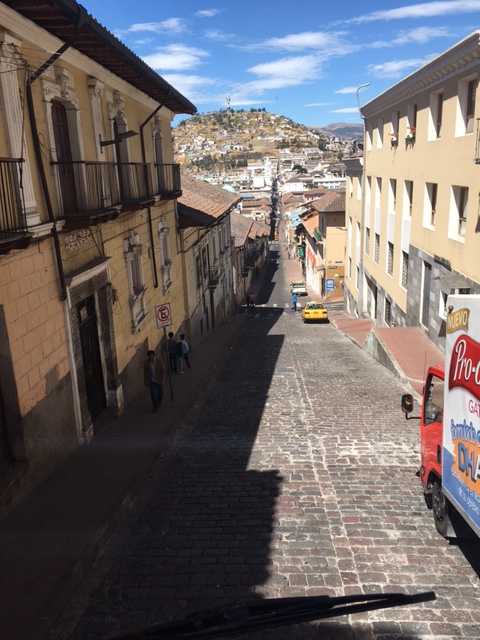
Uploaded on 2017-02-03 by Ericka Arregui
Which are the main UHI effects that you can identify in your area? The temperature in Quito varies from 10°C to 25°C, I think it's important to point out that here we don't experience the four seasons through out the year; instead, we pretty much only have a cold season and a hot season (which would be something like summer and winter). In addition, during the day the temperature can change from cold to hot and then to rainy in a couple of hours (and that happens all year long). The area where I live in, is mostly residential, meaning there are no high buildings or skyscrapers (in fact, there a no skyscrapers at all in the city), so the temperature isn't that different from rural or suburban areas nearby, the difference maybe of a few degrees. However, the areas of the city with high buildings have definitely a higher diference in temperature with urban, suburban areas and the rest of the city in general. This difference could be up to 7°C degrees higher. Which are the measures you would propose? the Urban Heat Island is a phenomenon that has recieved little attention in my city. Therefore, the measures that could be taken are many. Beginning with measures as simple as increasing the number of trees in the sidewalks (which would purify the air, create sound barriers and their shade would make at least the sidewalks cooler), to installing systems that measure the heat in the area, to establishing a building height maximum that would allow the wind to circulate through the more dense areas. Is UHI effect concerning policy making in your area? The gobernment is not concerned at all with the effects of UHI in the city. Sadly, most of the authorities in charge don't know the basic concepts of urbanism, which had lead to a poorly planned city with many problems such as traffic, lack of vegetation, deterioration of historic buildings, not regulated city growth, and , of course UHI, among many others.